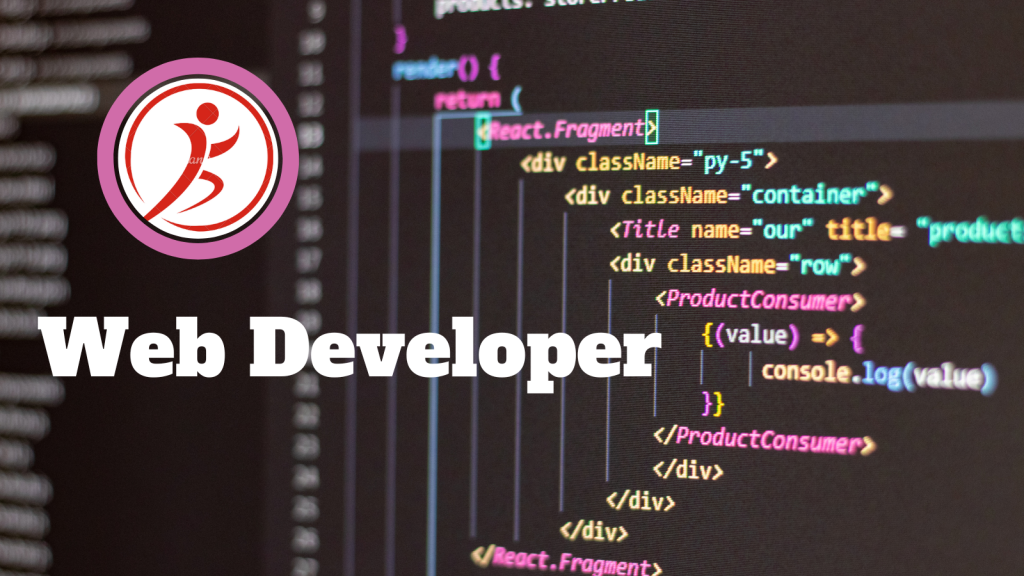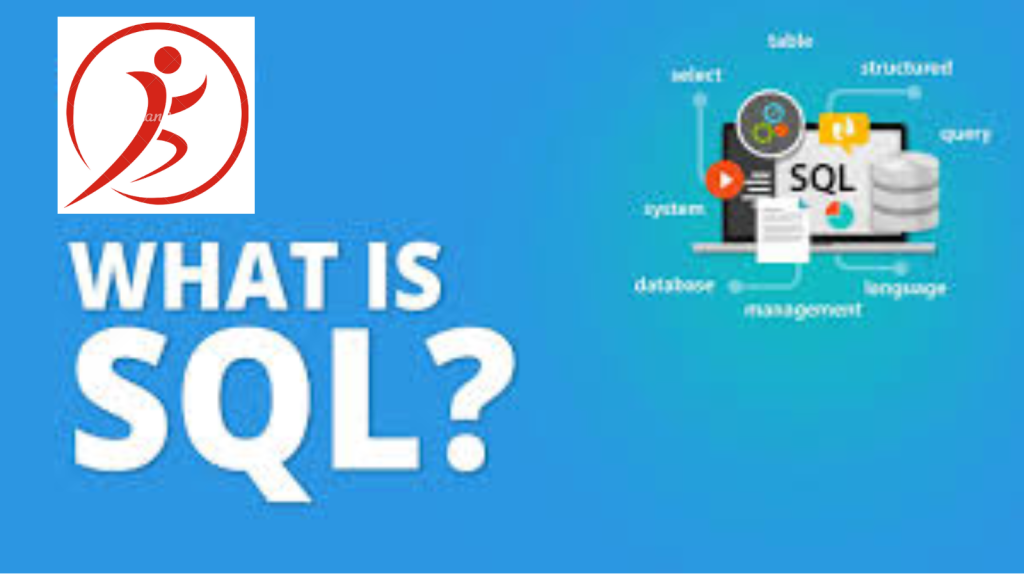
Table of Contents
What is website development?
Website development refers to the process of creating and maintaining websites. It involves various tasks such as web design, web content development, client-side/server-side scripting, and network security configuration. Website development can range from creating simple static single-page websites to complex web applications and e-commerce platforms. It encompasses a wide range of skills and disciplines, including graphic design, interface design, user experience design, and search engine optimization. The goal of website development is to create a functional and visually appealing website that meets the needs of its users.
Why is web development important?
Web development is important for several reasons:
1. Online Presence: In today’s digital age, having a strong online presence is crucial for businesses and individuals. A well-developed website allows businesses to showcase their products, services, and brand identity to a global audience.
2. Accessibility: Websites provide a platform for businesses to reach a wider audience, including potential customers who may not be able to visit physical locations. It also allows users to access information and services at any time from any location.
3. Branding and Marketing: A well-designed website can serve as a powerful marketing tool, helping businesses to build their brand, engage with customers, and promote their products and services.
4. E-commerce: Web development enables the creation of online stores and e-commerce platforms, allowing businesses to sell products and services to customers around the clock.
5. Communication and Information: Websites provide a means for businesses and individuals to communicate with their audience, share information, and provide customer support.
6. Business Efficiency: Web development can streamline business processes by automating tasks, managing data, and integrating with other systems.
Overall, web development plays a crucial role in the modern digital landscape, enabling businesses and individuals to connect with their audience, expand their reach, and achieve their goals.

Web Development vs. Web Programming
Web development and web programming are two terms often used interchangeably, but they have distinct differences.
1. Web Development:
This is a broad term that encompasses all the work involved in developing a website for the internet or an intranet. It includes web design, web content development, client-side/server-side scripting, and network security configuration, among other tasks. Web development can be divided into two types: front-end (client-side) development and back-end (server-side) development.
– Front-end Development: This involves creating the visual parts of a website that users interact with. It includes everything users see, like text colors and styles, buttons, images, sliders, and navigation menus. Front-end developers use languages like HTML, CSS, and JavaScript.
– Back-end Development: This involves managing the server, applications, and database. Back-end developers work on the server-side of websites. They write code that powers the site’s functionality. This is where all the data processing happens. Back-end developers typically work with languages like PHP, Ruby, Python, Java, and .Net.
2. Web Programming:
This is a subset of web development. It specifically refers to the writing of code that enables the website’s functionality. Web programming can be divided into two categories: client-side programming and server-side programming.
– Client-side Programming: This is the creation of scripts that run in a web browser and directly affect what the user sees when they load a website. Languages used include HTML, CSS, and JavaScript.
– Server-side Programming: This is the creation of scripts that run on a web server and produce a response that is sent to the user’s web browser. Languages used include PHP, Ruby, Python, Java, and .Net.
In summary, web development is a broader term that includes web programming. Web programming is more focused on the coding and scripting aspect of creating a website.
1. What is a website?
A website is a collection of interconnected web pages, usually including a homepage, generally located on the same server, and prepared and maintained as a collection of information by a person, group, or organization. Websites are typically dedicated to a particular topic or purpose, such as news, education, commerce, entertainment, or social networking. They are accessible via the internet or a private network and can be accessed through a variety of devices such as personal computers, laptops, smartphones, and tablets.
2. What is an IP address?
An IP address, or Internet Protocol address, is a unique numerical label assigned to each device participating in a computer network that uses the Internet Protocol for communication. It serves two main functions: identifying the host or network interface, and providing the location of the host in the network.
There are two versions of IP addresses: IPv4 and IPv6. IPv4 addresses are written as four sets of numbers separated by periods, for example,192.168.0.1. However, due to the increasing number of devices connected to the internet, IPv4 addresses are running out, leading to the development of IPv6. IPv6 addresses are written as eight groups of four hexadecimal digits, for example,2001:0db8:85a3:0000:0000:8a2e:0370:7334.
3. What does HTTP mean?
HTTP stands for Hypertext Transfer Protocol. It is the underlying protocol used by the World Wide Web that defines how messages are formatted and transmitted, and what actions web servers and browsers should take in response to various commands. HTTP is the foundation of any data exchange on the Web and is a client-server protocol, which means requests are initiated by the recipient, usually a web browser.
4. What is coding?
Coding refers to the process of writing instructions for a computer to execute. It involves using a programming language to create algorithms, scripts, or programs that can perform specific tasks or functions. Coding is essential for developing software, websites, mobile apps, and other digital technologies. It requires logical thinking, problem-solving skills, and attention to detail. There are various programming languages such as Python, JavaScript, Java, C++, and many more, each with its own syntax and purpose.
5. What does front-end mean?
Front-end refers to the part of a software application or website that users interact with directly. It encompasses the user interface, design, and functionality that users see and interact with in their web browsers or mobile devices. Front-end development involves using technologies such as HTML, CSS, and JavaScript to create visually appealing and responsive user interfaces. Front-end developers focus on creating a seamless and intuitive user experience, ensuring that the application or website is easy to navigate and visually engaging.
6. What does back-end mean?
In web development, the back-end refers to the server side of the application, where the logic and data processing takes place. It includes the server, application, and database that work together to deliver dynamic content and functionality to the user. The back-end is responsible for handling data storage, processing user requests, and generating responses that are sent back to the front-end for display. Some common back-end programming languages include PHP, Python, Ruby, and Java.
7. What is a CMS?
A CMS, or Content Management System, is a software application that allows users to create, manage, and publish digital content, typically for websites. It provides a user-friendly interface that enables users to add, edit, and delete content, such as text, images, videos, and other media, without requiring technical expertise in web development. CMSs are designed to simplify the content creation and publishing process, allowing multiple users to collaborate on content creation and management. Some popular CMSs include WordPress, Drupal, and Joomla.
8. What is cybersecurity?
Cybersecurity refers to the practice of protecting computer systems, networks, and sensitive information from unauthorized access, theft, damage, and other forms of cyber attacks. It involves the use of various technologies, processes, and practices to safeguard digital assets, including computers, servers, mobile devices, software applications, and data. Cybersecurity is essential to ensure the confidentiality, integrity, and availability of digital resources and to prevent cyber threats such as malware, phishing attacks, hacking, and other forms of cybercrime. It is a critical concern for businesses, governments, and individuals alike, given the increasing reliance on digital technologies in today’s interconnected world.
What’s Next?





Модные советы по выбору превосходных видов на любой день.
Заметки экспертов, события, все новинки и мероприятия.
https://lecoupon.ru/news/2029-10-02-7-prichin-lyubit-brend-herno/